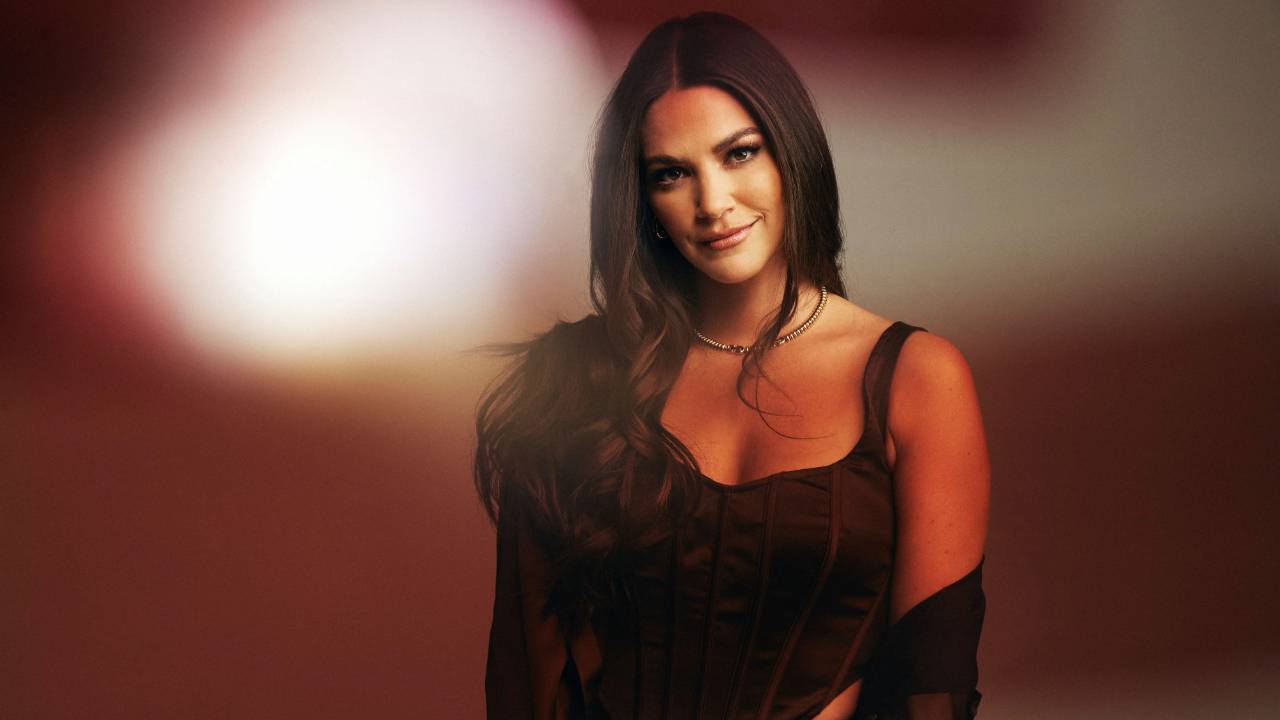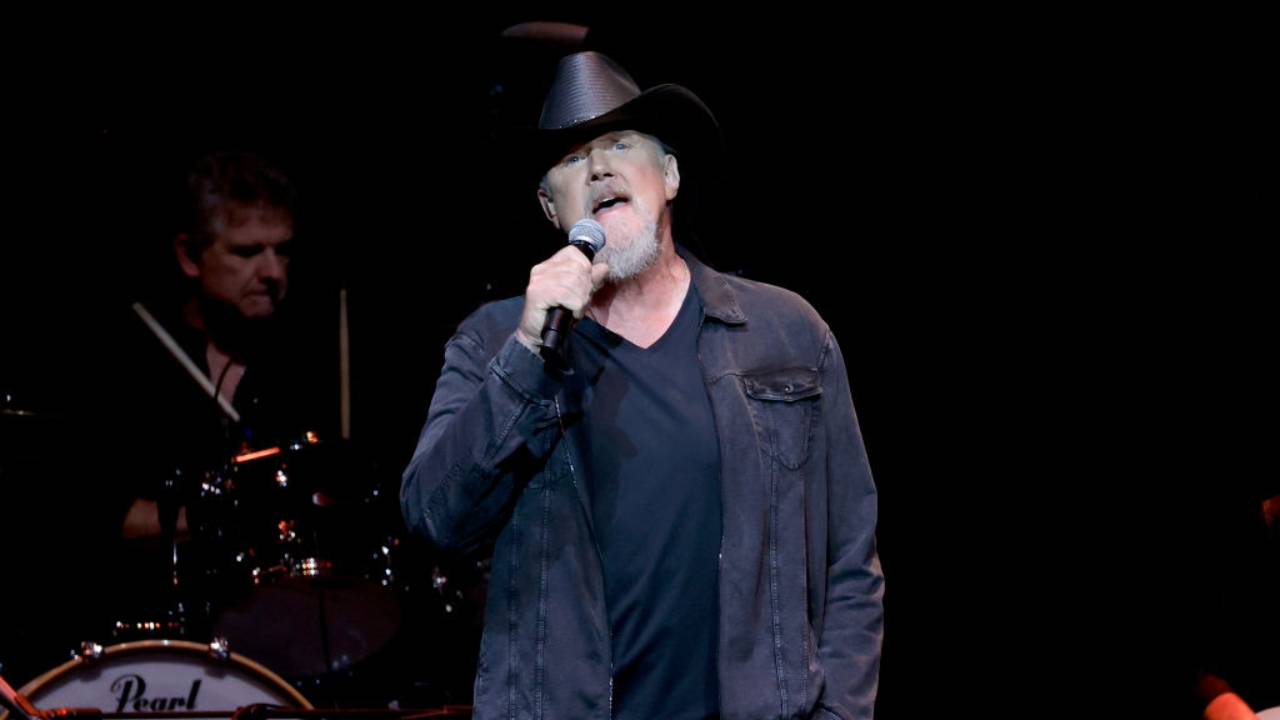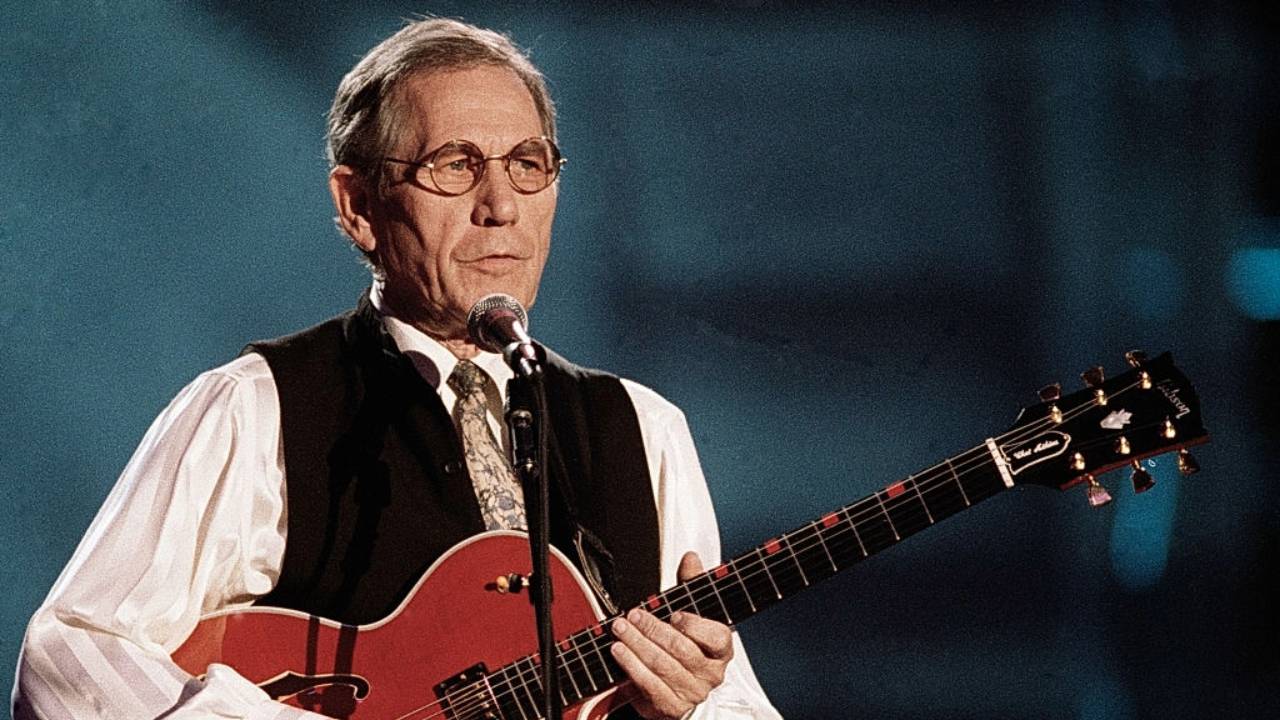NASHVILLE SKYLINE: Why There Will Not Be a Taylor Swift II

(CMT/CMT.com Editorial Director Chet Flippo is taking a few days off this week. In his absence, we're revisiting his Nashville Skyline column which first ran on Oct. 29, 2009.)
I've always maintained that country music more or less has run in 10-year cycles since its beginnings, which most historians agree lie with its first commercial recordings in 1927. The problem has always been that it's not completely feasible to look at its history in neat 10-year blocks.
For one thing, events don't tend to be orderly and measured and to follow neat calendar blocks. For another, musical artists and songwriters and record labels and radio stations and all of their ilk don't either. Nor does the listening and buying audience. No one wakes up one morning and says, "Eureka! A new decade is dawning. It's time to forge a new musical sound!" Change is mostly organic. So you can't just sort it all out in orderly little decade-long files.
Then the other day, I was reading about an economic theory that is based on pi, the mathematical constant. That theory -- simply stated -- posits that all events in the money market (and, by inference, all happenings in nature and the universe and in human behavior and in everything else) are governed by a universal cycle that is based on pi. Which -- and this begs your imagination a bit -- shows that everything runs in cycles of 8.6 years. That time span equals 3,141 days -- or the number pi multiplied by 1,000. The theory has gained quite a bit of credibility. It has shown that cycles in the financial market pretty much follow the 8.6 pattern. And obviously pi is the model in the natural world. Therefore, the assumption goes, a geometric pattern governs everything. A universal rhythm -- emanating from somewhere -- controls all.
If you look at country music history -- beginning in 1927 in blocks lasting roughly in a rhythm of 8.6 years instead of in blocks of 10 years -- based on the pi principle, it begins to make a little more sense:
• In 1927, there was the Big Bang creation of country music with Jimmie Rodgers and the Carter Family in the first commercial recording sessions.
• Circa 1935: Bob Wills and Western swing music rose to prominence.
• Circa 1943-44: The emergence of Ernest Tubb and his newly-electrified honky-tonk brand of music.
• Circa 1952-53: Hank Williams and his music rule the roost.
• Circa 1961-62: Patsy Cline and the country pop sound take over country music.
• Circa 1970-71: Songs become the star and trump artists: "The Fightin' Side of Me," "Sunday Morning Coming Down," "Coal Miner's Daughter," "Rose Garden," "For the Good Times," "Help Me Make It Through the Night," "Kiss an Angel Good Morning," "My Woman, My Woman, My Wife."
• Circa 1979-80: Songs still trump, but they edge back towards country pop: "Tulsa Time," "Every Which Way but Loose," "Amanda," "She Believes in Me," "You Decorated My Life," "All the Gold in California," "Coward of the County," "Lady," "Smoky Mountain Rain."
• Circa 1989-90: Enter Garth Brooks.
• Circa 1998-99: The Dixie Chicks hit with a new sound and their first No. 1 single, "There's Your Trouble," about the time of Shania Twain's last No. 1 country hit ("You're Still the One") and Garth Brooks' last No. 1 hit of his active era ("To Make You Feel My Love").
• Circa 2007-08: Taylor Swift begins to dominate.
So what does this portend as to what's next? Good question, and one that's impossible to answer. There will likely not be Taylor Swift Twos and Threes and Fours because the original Taylor pretty much Hoovered up the market for teen girl angst songs by a peer group singer-songwriter. It was a brilliant move, one of the smartest ever by a shrewd music artist, and it will not likely be repeated. Certainly not by Taylor, who -- by the time you read this -- may well have signed her first major movie deal. Or her first something-else major deal. It's hard to imagine her moving on to writing and singing heartfelt songs about being twentysomething, which she will soon be.
But -- and I think this is very important -- Taylor is leaving a message to a huge audience of young female fans, ranging in age from 7 or so and up throughout their teens and into their early 20s, that they are individuals, that they are important, that they have their own identity, that they can be their own persons and that they don't have to take crap. I don't see anyone else stepping up with a similar message for this audience.
There are now a lot of young chick singers -- for want of a better term -- who are vamping for the next star slot on the center stage in country music, but most of them are doing it wearing short jean skirts and tight tops and even tighter jeans and sending a transparent message that sex is what sells. So what? Everybody knows that. Taylor has had a genuine message, not a sales pitch. She had songs. Look at those who came before her who hit it big in country. They had songs to offer, not sales pitches or tight whatevers. People seek songs.
There was no Hank Williams successor, there was no Patsy Cline successor, no Elvis Presley successor, no Johnny Cash successor, no Garth Brooks successor, no Shania Twain successor. No successor to any of country music's blockbusters. And there will be no Taylor Swift successor, no one just like her. Such phenomena cannot be credibly replicated in popular music. They are, by their very nature, unique and fresh and thus appealing and desirable. And if the pi theory is correct, the cycle will turn for another 8.6 years. But there will be something else new in the music, there will be someone new. Because there always is. Nature, as well as the human audience, does not like a vacuum.





